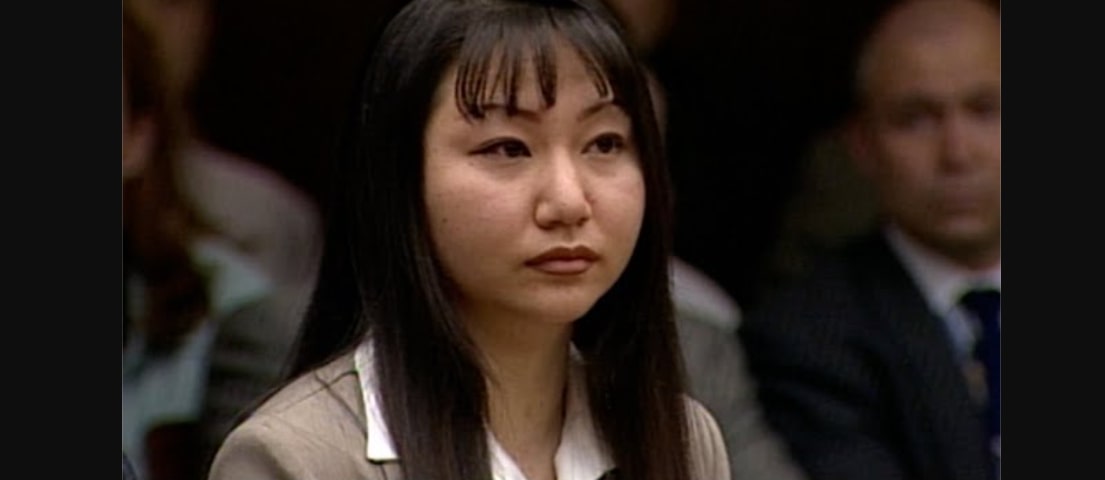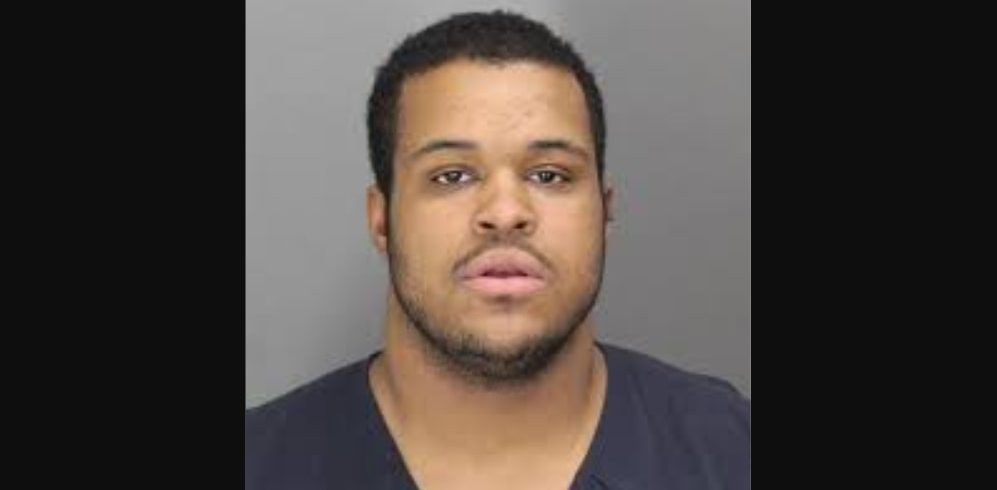Lifetime’s ‘Envy: A Seven Deadly Sins Story’ tells the story of Gabrielle, a woman whose life seems perfect. She has a loving husband, a thriving career in public relations, and a beautiful baby daughter. Everything appears to be in place until her long-lost sister, Keisha, suddenly reenters her life. From that moment on, Gabrielle’s carefully built world begins to fall apart. As things spiral out of control, she starts to suspect that Keisha may be envious of her and is deliberately trying to destroy the life she’s created. Directed by Damon Lee, the film goes beyond simple sibling rivalry and gets into the dangerous extremes of jealousy and the devastating lengths one might go to when consumed by envy.
Envy Finds Its Truth in the Reported Cases of Sibling Violence
‘Envy: A Seven Deadly Sins Story’ unfolds its themes gradually and takes the familiar trope of sibling jealousy and rivalry to extreme and unsettling levels. While the narrative may feel grounded in familial truths, it is not based on a real story. Instead, it is adapted from the book ‘Envy’ by Victoria Christopher Murray, which is the second installment in her ‘Seven Deadly Sins’ series. The story explores the destructive nature of envy through the complex dynamic between Gabrielle and Keisha, using their relationship to explore how far bitterness and resentment can go when left unchecked, and the consequences they unleash.

Sibling-on-sibling fights and rivalries taking a violent turn are, sadly, not a far-fetched reality. One such example is the case of Jeena Han, dubbed the “evil twin” by the media. In 1996, she plotted to have her identical twin sister, Sunny Han, kidnapped and potentially killed. The motive stemmed from deep-seated jealousy, unresolved family tensions, and a long-standing rivalry. Jeena allegedly resented Sunny’s seemingly “perfect” life and wanted to assume her identity. She recruited two teenagers to carry out the abduction, but their plan was foiled when Sunny managed to alert a friend, who then called 911. Jeena was ultimately arrested and convicted of attempted murder, conspiracy to commit murder, and kidnapping. She was sentenced to 26 years to life in prison but was granted parole in 2018 after serving about 20 years.
The Film Acts as a Cautionary Tale for Disturbed Family Dynamics
Another incident that comes to mind while discussing violence between siblings is that of Gyasi Stribling, a 19-year-old from Kansas City, Missouri, who was convicted of killing his 15-year-old sister, Deja Stribling, in October 2017. According to prosecutors and court records, he fatally stabbed Deja in the family’s home. The attack was brutal and she was found with over 20 stab wounds. The motive, as revealed during the investigation, was a combination of built-up resentment, mental health issues, and a possible argument that escalated out of control. Reports suggested that Gyasi had a troubled history and had once said that he believed his family “would be better off without” Deja. After his arrest, he confessed to the killing. In 2019, he pleaded guilty to second-degree murder and armed criminal action. He was sentenced to 20 years in prison, and as part of the plea deal, avoided a trial and the possibility of a harsher sentence.

The kind of emotional and psychological landscape explored in the ‘Envy: A Seven Deadly Sins Story’ portrays how envy festers over time, especially when one sibling feels overlooked, unloved, or in the shadow of the other. While it is not based on a true story, its themes resonate with real-life experiences that are often silenced or dismissed. One such neglected issue is sibling bullying, which is frequently minimized as harmless rivalry or “just kids being kids.” In reality, it can have lasting impacts. Acknowledging, addressing, and discussing these difficult family dynamics is not only necessary but life-saving.
Read More: Is The Newsreader Based on a True Story?


